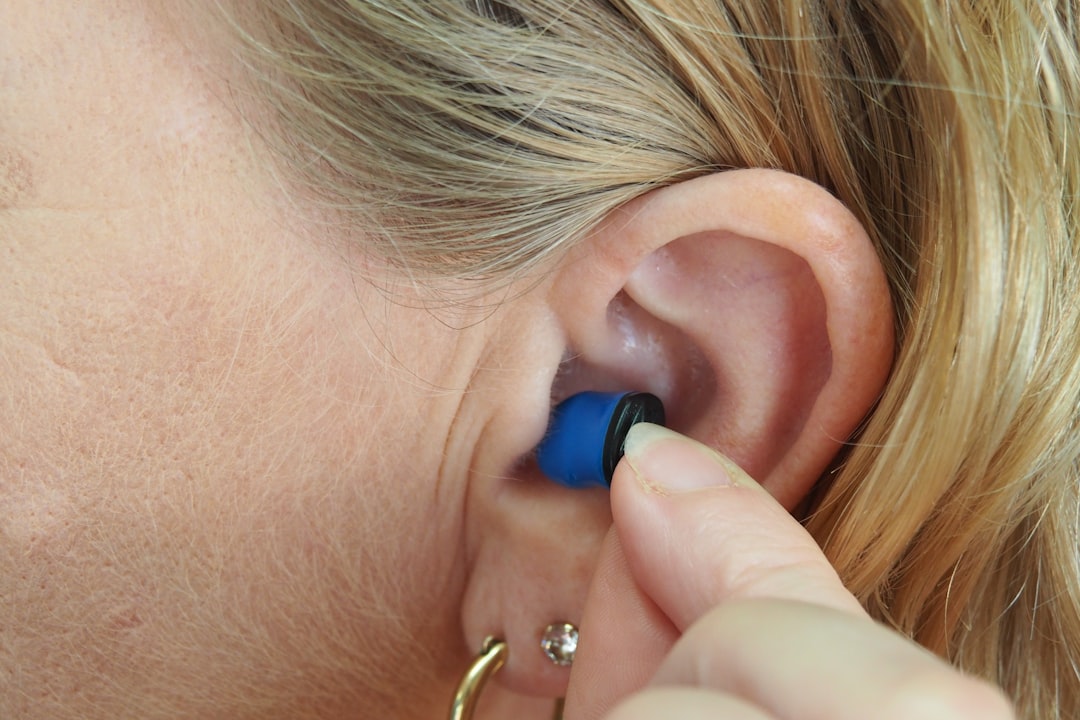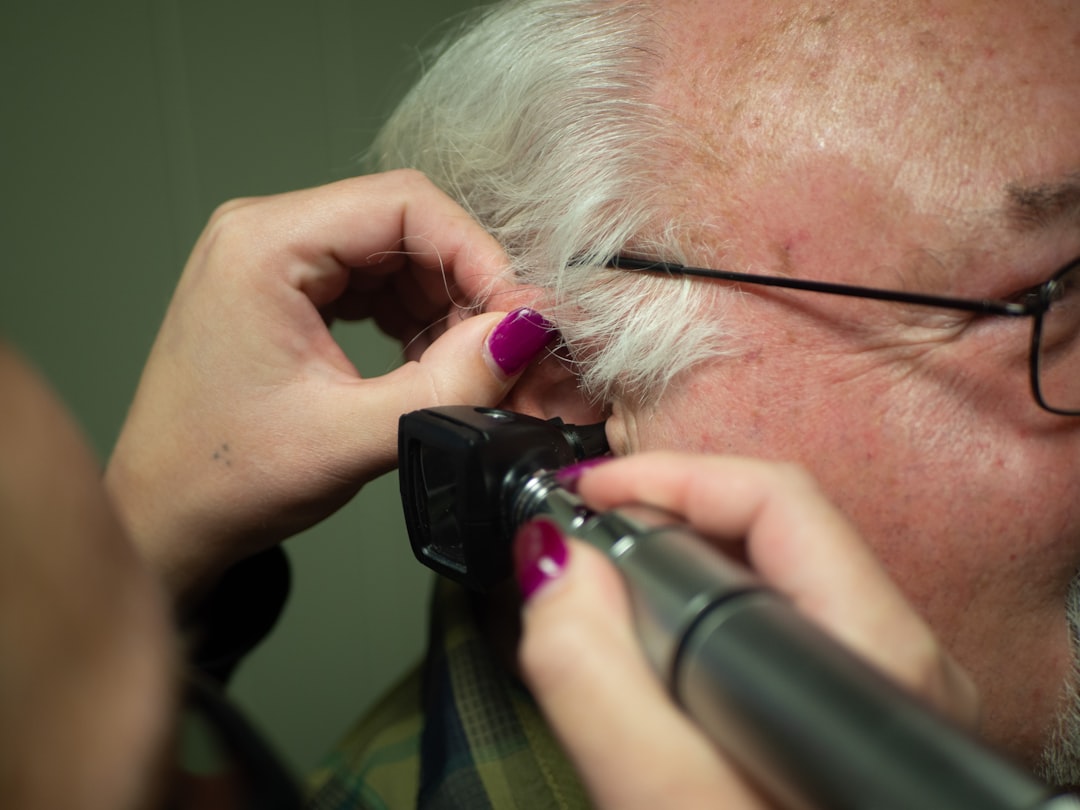In today’s blog post, we will explore the world of hearing aids and provide you with a comprehensive guide on their functionality, benefits, and considerations. Whether you or a loved one are experiencing hearing loss or simply seeking more information, this article aims to equip you with the knowledge you need to make informed decisions about it. So, let’s dive in and discover the wonders of this incredible technology!
1. What is the purpose of hearing aids?
– Hearing aids are designed to amplify sounds for individuals with this loss, making it easier for them to communicate and engage with the world around them.
2. How do hearing aids work?
– Hearing aids consist of three main components: a microphone, an amplifier, and a speaker.
– The microphone picks up sounds from the environment and converts them into electrical signals.
– The amplifier then increases the volume of these signals.
– Finally, the speaker delivers the amplified signals into the ear, allowing the wearer to hear more clearly.
Types of hearing aids
1. Behind-the-ear (BTE) hearing aids
-BTE hearing aids, also known as Behind-the-Ear devices, are a type of device designed to assist individuals with hearing impairments. These devices differ from other types of aids in terms of their placement and design. BTE are worn behind the ear and are connected to a mold or earpiece that fits inside the ear canal.
One advantage of BTE hearing aids is their versatility. They are suitable for individuals with varying degrees of hearing loss, from mild to profound. Additionally, BTE hearing aids tend to have a longer battery life compared to other types of them. This means less frequent battery changes and greater convenience for the user.
However, there are also some disadvantages to consider. BTE hearing aids are more visible compared to other types of hearing aids, which may be a concern for individuals who prefer a more discreet option.
In summary, BTE hearing aids are a type of listening device that is worn behind the ear. They offer advantages such as versatility and longer battery life, but they may also have disadvantages such as visibility and potential wind noise.
2. In-the-ear (ITE) hearing aids
– ITE hearing aids, short for In-The-Ear hearing aids, are a type of listening aid that is placed directly in the ear canal. They differ from other types of hearing aids in terms of their placement and design.
One advantage of ITE hearing aids is their discreet appearance, as they are custom-made to fit the shape of the wearer’s ear. This makes them less noticeable to others. Additionally, ITE hearing aids are generally easier to handle and adjust compared to other types of devices.
On the other hand, ITE hearing aids may not be suitable for individuals with severe hearing loss, as their small size limits the power and amplification they can provide. Additionally, they may be more susceptible to damage from moisture and earwax buildup.
Overall, ITE hearing aids offer a convenient and discreet option for individuals with mild to moderate hearing loss. However, it is important to consider the specific needs and preferences of each individual before deciding on the most suitable type of hearing aid.
3. In-the-canal (ITC) and completely-in-the-canal (CIC) hearing aids
-ITC and CIC hearing aids are two types that are commonly used. They have some differences compared to other types of hearing aids. It is important to be aware of their advantages and disadvantages before making a decision. When choosing such devices, there are several factors that should be taken into consideration.
1. Degree and type of hearing loss
– How does the severity of listening loss impact the choice of hearing aids?
– Are there specific hearing aids designed for different types of hearing loss?
2. Lifestyle and personal preferences
– How does one’s lifestyle influence the selection of hearing aids?
– Are there customizable features that cater to individual preferences?
3. Budget and insurance coverage
-What is the typical cost of hearing aids? Are there insurance plans that cover the cost? Are there any financial assistance programs available? Additionally, what are the benefits of using hearing aids?
1. Improved communication
– How do hearing aids enhance communication abilities?
– What impact can improved communication have on one’s personal and professional life?
2. Increased social engagement
– In what ways can hearing aids improve social interactions?
– How can they combat feelings of isolation or withdrawal?
3. Enhanced overall well-being
– How can hearing aids contribute to mental and emotional well-being?
– Can they help reduce cognitive decline or improve brain health?
Conclusion
Hearing aids have revolutionized the lives of millions of individuals with such loss, allowing them to reconnect with the world around them. Understanding the different types of hearing aids, considering personal factors, and exploring the benefits they offer are essential steps toward improving one’s quality of life. By taking advantage of this incredible technology, individuals can regain their confidence, engage in meaningful conversations, and enjoy the beauty of sound. So, if it is affecting you or your loved ones, consider exploring the world of hearing aids and embarking on a journey towards better hearing. Men Mental Health


